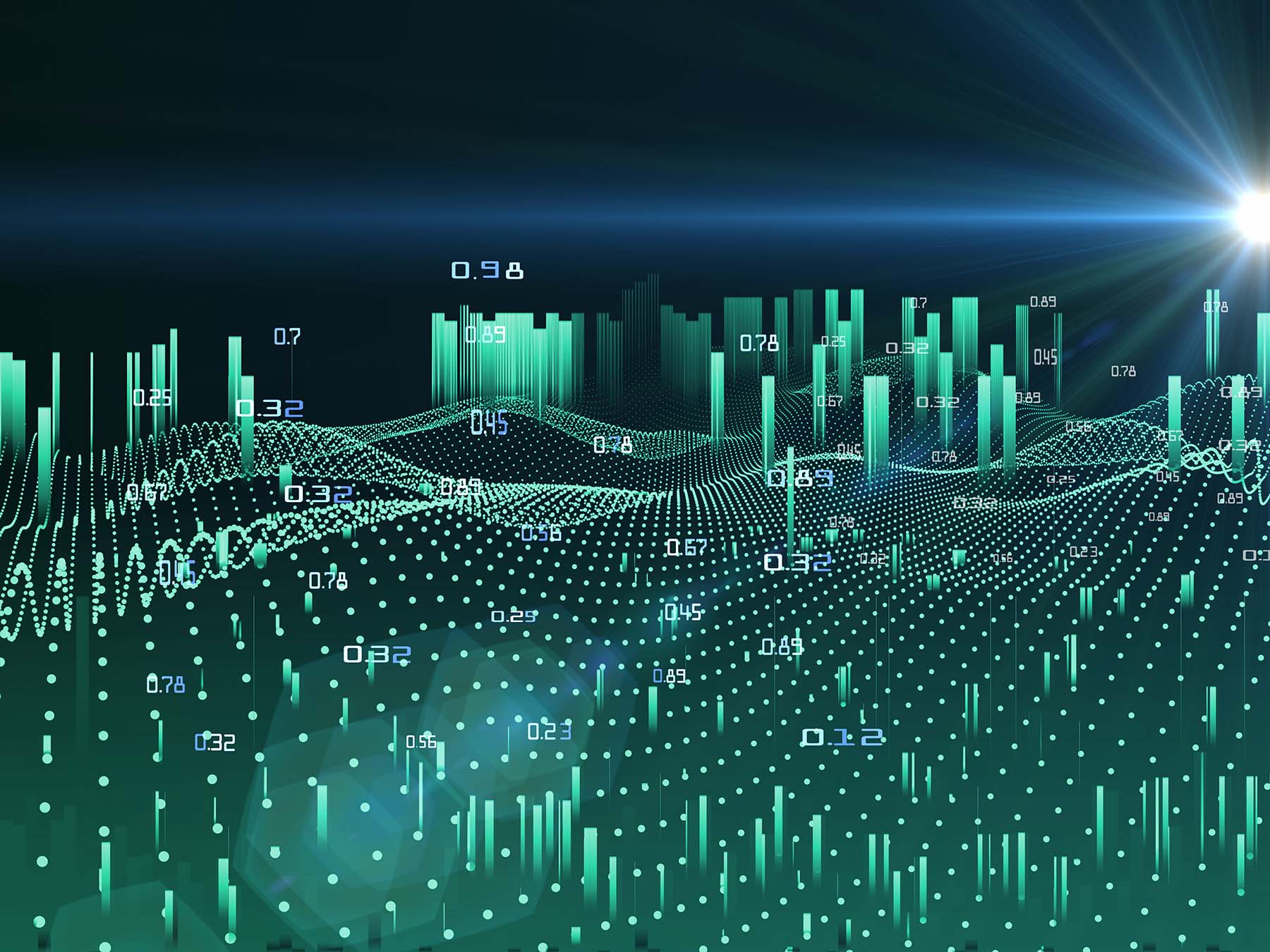Gaussian Random Fields (GRFs) play a critical role in modeling and simulating environmental and climate-driven processes. The simulation of GRFs enables the representation of the variability of the process under study through the generation of multiple equally plausible realizations. Gaussian vectors corresponding to a sample of moderate size of a GRF can easily be simulated using the Cholesky decomposition of the associated covariance matrix, but this approach is limited to vectors of moderate size. To overcome this limitation, an interesting alternative is to rely on spectral methods that are based on the decomposition of the target GRF into spectral waves. This approach has been recently extended in various directions in order to make it more versatile, including in spatial, multivariate and spatio-temporal settings. To further increase the versatility of spectral simulation methods, we propose to revisit them adopting a Gaussian mixture perspective. This work leverages the Gaussian mixture perspective to propose extensions covering new classes of covariance functions for nonstationary (univariate or multivariate) spatio-temporal GRFs, as well as simulation algorithms for those that are currently missing in the framework of spectral simulation. All simulation methods are translated into pseudo-code algorithms, and an illustration is provided for a bivariate nonstationary spatio-temporal example.
A preprint of the publication can be found here: https://hal.science/hal-05034982v1
